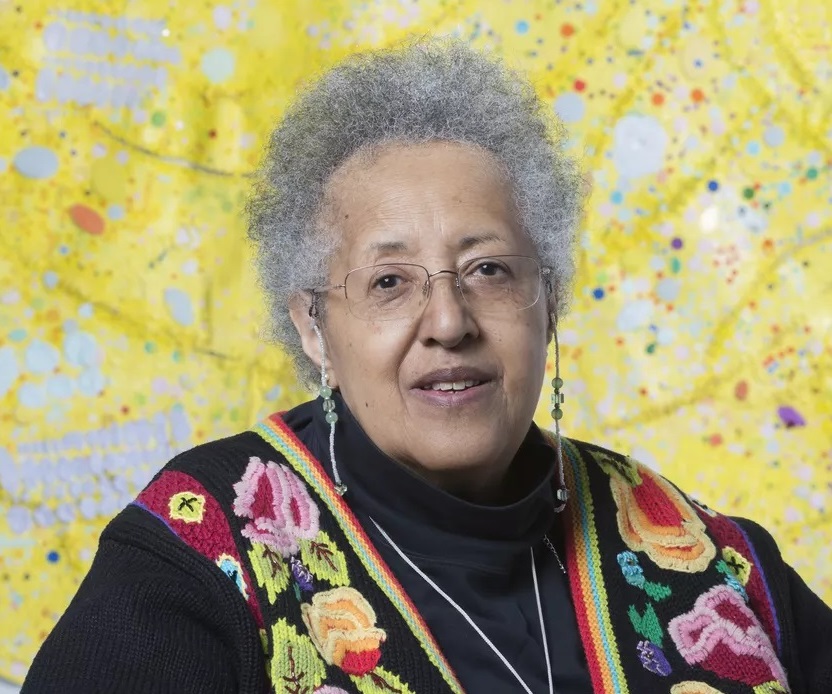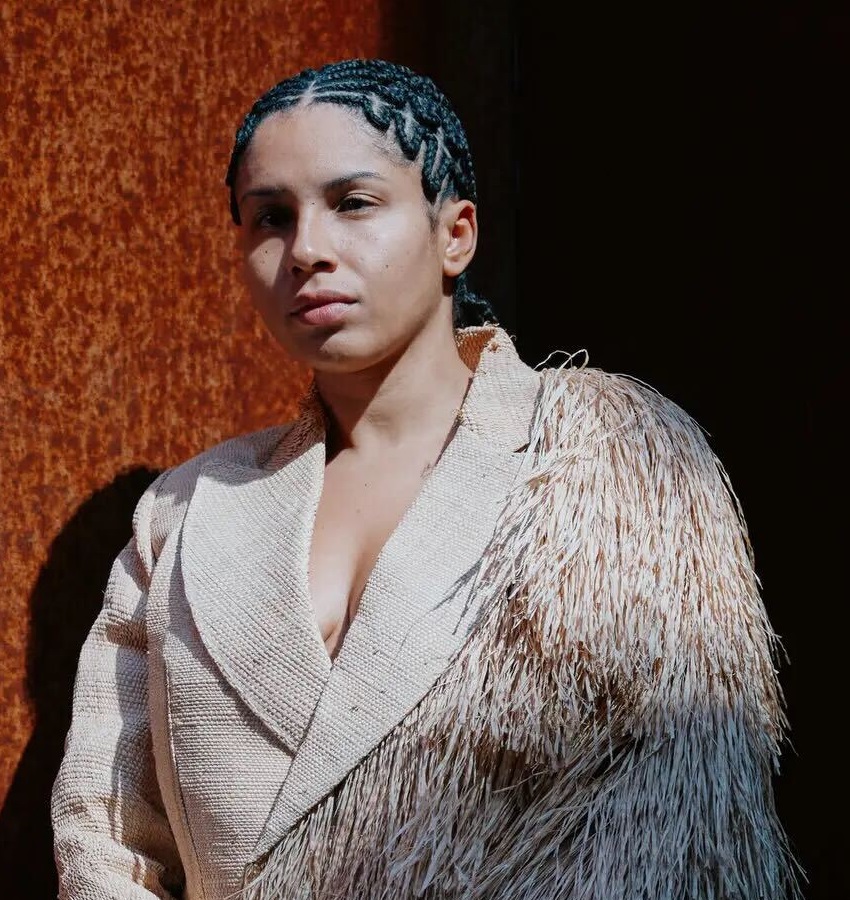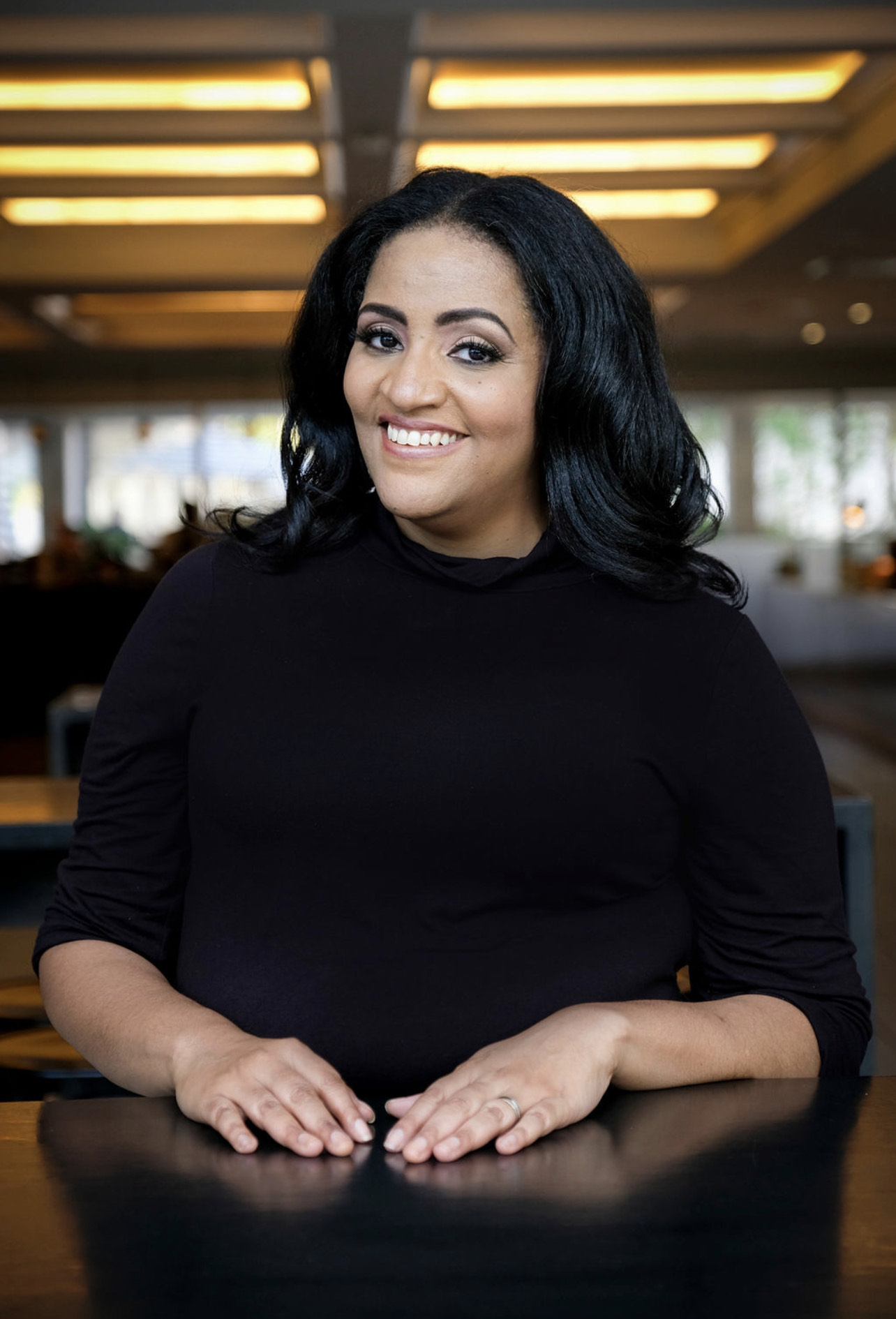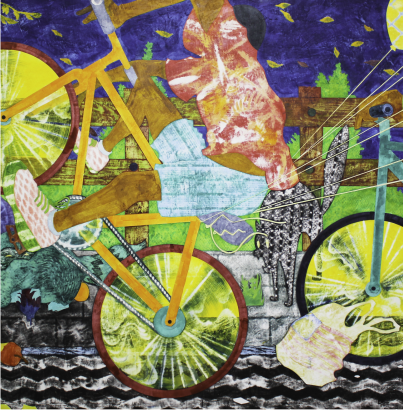Afro-Latino Hispanic Heritage Edition September 17, 2021

Afro-Latino Hispanic Heritage Edition September 17, 2021

Wilson Borja, Red Square
Greetings Friends,
Miami MoCAAD salutes histories, cultures and contributions of the Afro-Latinx community to celebrate Hispanic Heritage Month and National Arts and Humanities Month in recognition of the power of the arts to make a difference and change our lives for the better. Miami MoCAAD invites you to explore artists; hidden histories revealed in La La Anthony’s, Black, Latino and Proud; inspiration from Elizabeth Acevedo’s poetry, Dreaming For Them; heritage moments honoring the Queen of Salsa, Celia Cruz; upcoming events featuring Afro-Latinx Conversations; the Quiz and more. Join Miami MoCAAD in this celebration of Heritage and Humanities.
Onward!
Daniel Lind-Ramos, Armario de la Memoria (Wardrobe of Memory) (2012)
Daniel Lind-Ramos (1953-), a painter and assemblage sculptor, has described his work as “resistance through remembering”. Armario de la Memoria is inspired by daily life in Puerto Rico and is comprised of organic and inorganic materials. He often draws on his Afro-Caribbean heritage, and the history of his birthplace, Loíza, Puerto Rico, which traces its origin to the settlement of cimarrones, or free Black individuals and enslaved people who escaped.
Patricia Encarnación, I am From Where You Vacation
Patricia Encarnación (1991-) is a visual and communications artist whose work explores perceptions associated with being from the Caribbean. I am From Where You Vacation, grapples with the perception of the Caribbean as 'Paradise' and its exotification. Encarnación’s work is rooted in examining nuances of tropical aesthetics and decolonization. I am From Where You Vacation seeks to present an Afro-Dominican reality free from imposed colonial narratives and understandings.
Alexandre Arrechea, Trues and Lies
Alexandre Arrechea (1970-) graduated from the Superior Institute of Art in 1994. He was a member of the collective Los Carpinteros from 1991 to 2003. As a solo artist, He has participated in important artistic events internationally, such as the Havana Biennial in 2012 and 2009, Venice Biennial in 2011 and 2005, Pontevedra Biennial in 2010, Thessaloniki Biennial in 2009, and the Moscow Biennial in 2009 and 2007. His solo exhibitions include The Map and The Fact (2014), Twisted Horizon (2012) and Elasticity (2010).
mi casa my city
afroLAtinIdad: Mi Casa, My City explores the history and contemporary experiences of Afro-Latinx in Los Angeles through art, photographs, and personal objects. Visitors enter a recreated Afro-Latinx home and understand how this vibrant yet underrepresented community is central to Los Angeles culture. Click here for more information. LA Plaza de Cultura y Artes, Los Angeles California. This exhibition runs through September 29, 2021.
La La Anthony discusses and celebrates Afro-Latinx identity. Focusing on the histories of colonization in the Americas, La La dives into the different ways racial identities evolved in the USA and Latin America. How "mestizaje," the mixing of races and cultures, was encouraged to whiten populations to create the "ideal citizen" along with addressing other misconceptions about what it means to be Latino and black. Click here to watch on YouTube.
Elizabeth Acevedo
Elizabeth Acevedo is the New York Times-bestselling author of The Poet X, which won the National Book Award for Young People’s Literature. She saw lack of diversity in children’s books and wrote: “With the Fire on High,” “Clap When You Land,” and “The Poet X.” She weaves her experiences as a Black Latina into her work to instill Afro Latino pride. See her recite her poem “Dreaming For Them”.
What Afro-Latinos Want You To Know. Join You Tube channel's Pero Like interviews with members of varying Afro-Latinx communities, talking about their experiences with racism, journeys of self-love. Click here to watch.
Sara Gomez, ICAIC
Sara Gómez, born in 1942, was one of two Black filmmakers in the Cuban Institute of Cinematographic Art & Industry (ICAIC) and its first woman director. Her feature-length film De Cierta Manera, 1974 (One Way or Another) exposed inequalities that marginalized poor, Black women faced in Cuba. Her film was so controversial that the Cuban government banned it until 2007 when it was digitized. Read more about her here.
Celia Cruz
Úrsula Hilaria Celia de la Caridad Cruz Alfonso, “Celia Cruz” (Oct. 21, 1925 –July 16, 2003) known internationally as the "Queen of Salsa" has a musical legacy encompassing 37 studio albums, numerous prizes, and distinctions, including two Grammy Awards and three Latin Grammy Awards. Cruz mastered a variety of Afro-Cuban music styles including mambo, guaracha, rumba, son, and bolero. In 1960, after the Cuban Revolution caused the nationalization of the music industry, Cruz left Cuba for Mexico and ultimately settled in the United States. Her song “La negra tiene tumbao” (2001) allowed the Black Latina identity to be associated with pride, power, beauty, and celebration. Her catchphrase "¡Azúcar!" ("Sugar!") became one of the most recognizable symbols of salsa music. Listen to some of her hits.
Juan de Dios Ventura Soriano
Juan de Dios Ventura Soriano Born 8 March 1940 – 28 July 2021 is better known as Johnny Ventura (nicknamed El Caballo Mayor), was a Dominican singer and bandleader of merengue and salsa. He also served as vicemayor of Santo Domingo from 1994 to 1998, and as mayor of Santo Domingo from 1998 to 2002. Listen to some of his hits.
Esteban Hotesse
Esteban Hotesse was the only Dominican-born member of the famed Tuskegee Airmen, who were mostly Black military pilots and airmen in the U.S. Army Air Corps, a precursor of the U.S. Air Force. Trained at Tuskegee Army Air Field in Alabama, they flew more than 15,000 individual sorties in Europe and North Africa during World War II and earned more than 150 Distinguished Flying Crosses. Their performance and support of civil rights helped encourage integration of the U.S. armed forces.
Renell Medrano, Girls With Bobbles in Their Hair
Renell Medrano (1994-) creates work through her photography that speaks to her Afro-Dominican heritage, intersections of culture within society, and communities around her. The Pampara series of photographs was taken in San Cristóbal and Santiago, Dominican Republic. The bobbles are reminiscent of the type Medrano wore in her hair as a child.
Junot Díaz, Lola
Every kid in Lola’s school was from somewhere else. Lola could not remember the Island—she left when she was just a baby. With the help of her family and friends, and their memories, Lola’s imagination takes her back to The Island, and she comes to understand the truth of her abuela’s words: “Just because you don’t remember a place doesn’t mean it’s not in you.”
Available in Spanish & English
C. Ian White, El abuelo y la biblioteca/ Grandpa and the Library
Influences that inspired Charles White to become an artist and a teacher go back to his childhood when he went to the library every day to look at picture books, watch the people around him and later draw what he had seen. He watched art students paint in the park and learned how to use oil paints. As an artist, White created powerful portraits of his family as well as of African American musicians, thinkers, scientists, and civil rights leaders. Written and illustrated by his son, C. Ian White, and featuring full-color reproductions of Charles White's artworks.
Karen Bauemont, Me gusta como soy! I like myself!
Young readers will see ways to celebrate the joy of loving who they are with fun, energetic text and colorful illustrations in a Spanish/English bilingual board book edition.
“Loud” is a podcast about the birth of reggaeton music that emerged from Jamaican dancehall, Panamanian reggae, hip-hop and Puerto Rican underground music. Follow host Ivy Queen over the course of 10 chapters and across five countries as she tells the story of the revolutionary and exciting genre. Listen to some of the chapters here.
DISCOVER THE AFRO-LATINIDAD COLLECTION AT THE NATIONAL MUSEUM OF AFRICAN AMERICAN HISTORY AND CULTURE
The shared legacy of the transatlantic slave trade connects the histories and cultures of the United States, Latin America, and the Caribbean. “Latinxs and Latin Americans—black and non-black—have historically contributed to and have been shaped by African American culture.”
Explore objects related to The Young Lords Movement and **The Chicano Movement**, and objects from broad social justice and political movements built on African American and Latinx Solidarity
Support Haiti
In August, Haiti suffered a powerful earthquake. Natural disasters are overwhelming and devastating. but that doesn’t mean you can’t help. The Miami Foundation has a list of Haitian led organizations to assist in relief efforts.
Family History Center - Smithsonian Institute
The Community Curation Platform provides a unique opportunity for individuals, families, and community groups to share their stories as part of the Museum's online community collection. With help from staff, community members are able digitize photos and videos to further preserve their family’s legacy. For more information click here.
Miami MoCAAD Presents Afro-Latinx Conversations
Kandy Lopez, Fibers Series
Miami MoCAAD and Orlando Addison, founder of the Ernesto Gamboa project, will collaborate to present a series of virtual conversations aimed at community dialogue revealing hidden histories, contributions, and art of the Afro-Latinx community. These spirited conversations will share information excluded from history books regarding the Afro-Latinx community, explain historical barriers that have kept the Afro-Latinx community invisible, and share contributions of Afro-Latinx artists.
Oct 7, 6-7:30pm
¡Aquí estamos! The Afro-Latinx impact and influence
Definition of terms and presence of Africans in the new world.
Oct 21, 6-7:30pm
Y seguimos: From the slave trade to building the Americas
Trafficking and commercialization of Africans in the New World; the Catholic King and Queen of Spain’s edict granting traffickers authorization to enslave Africans and transport them to the New World; Afro-Latinx in political emancipation.
Nov 4, 5-6:30pm
También estuvimos/We were there too: The barriers that blocked our contributions
Barriers that keep the history and contributions of the Latinx Afro-descendant community hidden
Nov 28, 4-5:30pm
De todo un poco: Arte, Historia y Cultura
Conversation Kandy Lopez, artist, Orlando Addison moderated by Erica Moiah James, Caribbean art historian, curator, and associate professor at the University of Miami.
Q: Where was Arturo Alfonso Schomburg born? His extensive collection of art, slave narratives, and other materials of African history was the basis of the Schomburg Center for Research in Black Culture at the New York Public Library.
Q: Where were the majority of Africans enslaved in the Americas?
Q: What was the last country in the Americas to end legal enslavement of Africans?
Q:When did legal enslavement of Africans end in Cuba?
The Miami MoCAAD Team
Miami MoCAAD Board Members:
Marilyn Holifield, Hans Ottinot, Monique Hayes, Sheldon Anderson,
Dr. Nelson L. Adams III
Volunteers:
Michelle Johnson, Dale Jennings II
Director of Interactive Media:
Corbin Graves
Interns:
Luz Estrella Cruz, Charlie Farrell, Christian Allen


















